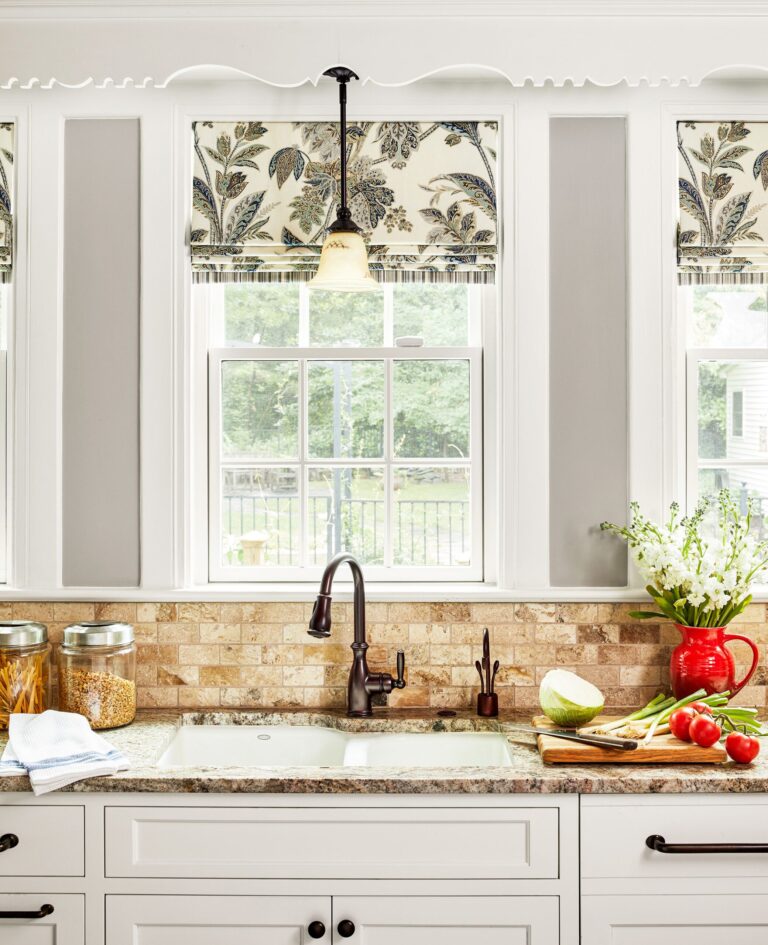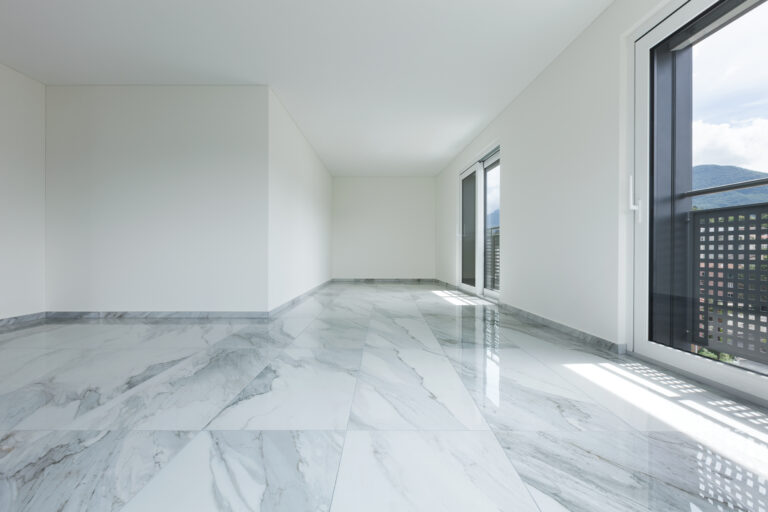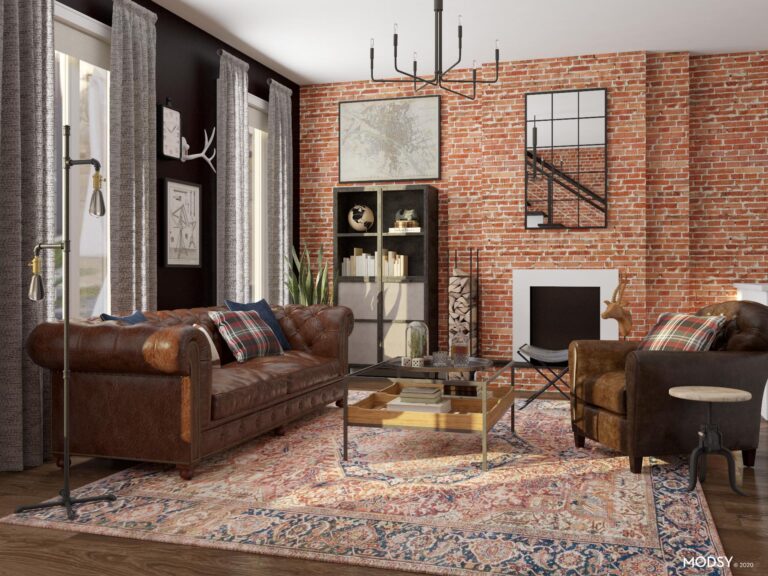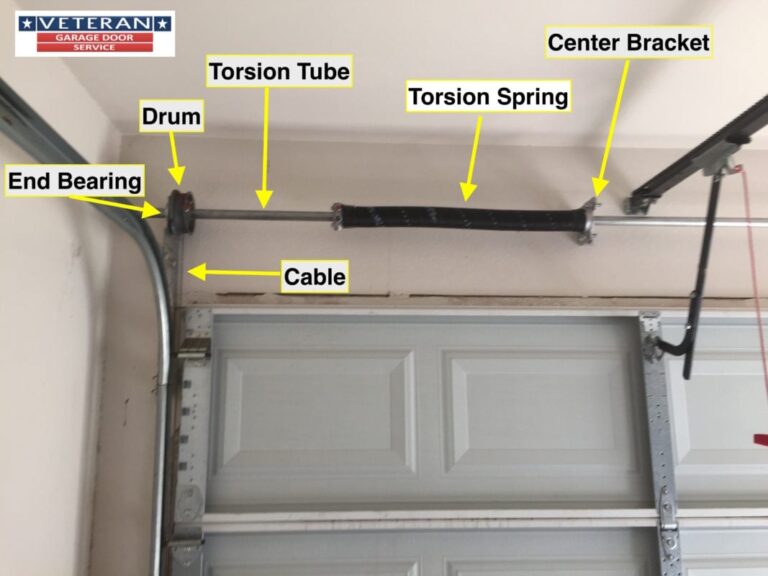How Much Does It Cost To Install A Reverse Osmosis System?
Installing a reverse osmosis system is an increasingly popular option for homeowners looking to improve the quality of their drinking water. Reverse osmosis systems are relatively easy to install and maintain, and they can provide clean and safe water for drinking, cooking, and other household uses. The cost of installation can vary, depending on the size of the system, the type of installation, and the local area. Factors such as the complexity of the installation, the cost of labor, and the availability of materials will also impact the total cost of installation. On average, it can cost anywhere from $400 to $1,000 or more to have a reverse osmosis system installed.
Overview of Reverse Osmosis Systems
Reverse Osmosis (RO) systems are becoming increasingly popular for households and businesses worldwide due to their efficient water purification capabilities. RO systems use a process of chemical filtration and membrane technology to remove contaminants from water, leaving it clean and safe for drinking and other uses. But how much does it cost to install a reverse osmosis system?
The cost of an RO system installation will depend on several factors, including the size of the system, its features, the complexity of the installation, and the location of the installation. Generally speaking, a basic RO system can range from $200 to $1,500, while more complex systems can cost as much as $5,000 or more. RO systems with additional features, such as pre-filters, storage tanks, and water softeners, may cost even more.
The cost of installation will also vary depending on the complexity of the job. For instance, a basic RO system installation can be done by a handy homeowner, while complex systems may require the assistance of a professional plumber. Additionally, the cost of installation will be affected by the location of the installation, as the cost of labor may be higher in some areas than in others.
In summary, the cost of installing a reverse osmosis system will depend on a variety of factors, such as the size, features, complexity, and location of the installation. Basic systems can range from $200 to $1,500, while more complex systems can cost as much as $5,000 or more. Installation costs may also depend on the complexity of the job and the location of the installation.
Benefits of Installing a Reverse Osmosis System
Considering the installation of a reverse osmosis (RO) system in your home? There are many reasons to do so. Installing an RO system can provide your family with a steady supply of clean, safe water, and it can save you money in the long run. RO systems are cost-effective investments that have many benefits, including reducing contaminants in your water, improving the taste of your drinking water, and eliminating the need for bottled water. Let’s explore the various benefits of installing a reverse osmosis system in your home.
When it comes to your drinking water, quality is essential. An RO system can reduce contaminants such as lead, arsenic, chlorine, nitrates, and other impurities from your water, providing you with a clean, safe supply. Not only does this improve the taste and smell of your water, but it also ensures that your water is free from harmful chemicals and bacteria.
In addition to improving water quality, installing an RO system can also save you money. By eliminating the need to buy bottled water, you can save hundreds of dollars per year. Furthermore, RO systems are generally energy efficient, which can also help to reduce your energy bills.
Finally, an RO system can provide you with peace of mind. By providing your family with a steady supply of clean, safe drinking water, you will have the assurance that your family is drinking the best quality water possible.
Overall, installing a reverse osmosis system in your home is a smart investment that can provide you with many benefits. From improving the taste and smell of your water to reducing contaminants and saving money, an RO system can be an invaluable investment for any home.
Factors Affecting the Cost of Installation
When considering the cost of installing a reverse osmosis system, there are several factors that will affect the final price. The size of the home, the type of water supply, and the number of filter stages are all important considerations. The size of the home will determine the size of the system needed, the type of water supply will determine the type of filtration needed, and the number of filter stages will determine the complexity of the setup and installation process. Additionally, the cost of labor and materials will also affect the total cost of the installation.
The cost of installing a reverse osmosis system can vary greatly depending on these factors. A smaller home with a simple water supply may only require a basic system and may be installed for less than $1,000. On the other hand, a larger home with a more complex water supply may require a more complex system that costs several thousand dollars to install.
In addition to the cost of the system itself, there may also be additional costs associated with the installation. These costs may include the cost of any necessary plumbing modifications, the cost of additional water filters, and the cost of professional installation. The cost of professional installation can vary depending on the complexity of the system and the experience of the installer.
Ultimately, the cost of installing a reverse osmosis system will depend on the size of the home, the type of water supply, the number of filter stages, and the cost of labor and materials. By considering these factors, homeowners can get a better idea of how much it will cost to install a reverse osmosis system in their home.
Different Types of Reverse Osmosis Systems
Reverse osmosis (RO) systems are an effective way to filter out contaminants and impurities from water. But, before you can get the benefits of an RO system, you need to know how much it will cost to install. It’s important to understand that the cost of installation depends on the type of RO system you choose, so it’s important to understand the different options available.
There are several different types of reverse osmosis systems, including countertop, under-sink, and whole-house systems. Countertop RO systems are the most affordable option, but they are also the least effective and require frequent filter changes. Under-sink RO systems are more effective, but they require more space and more installation. Whole-house RO systems, while the most expensive, are the most effective and require the least maintenance.
When deciding which type of RO system you should install, it’s important to consider your budget, the space you have available, and the level of water filtration you need. Depending on your needs, one type of reverse osmosis system may be more cost-effective than another. Ultimately, the type of system you choose will have a major impact on the cost of your installation.

Average Cost of Installation
When it comes to installing a reverse osmosis system, one of the main considerations is the cost. Many factors go into the cost of installation, such as the size of the system, the type of filtration, and the complexity of the installation. On average, you can expect to pay anywhere from $400 to $2000 to install a reverse osmosis system. This price range covers labor, materials, and any other associated costs for the installation.
The cost of a reverse osmosis system also depends on the system’s size and the type of filtration. Smaller systems may cost less than larger systems, but they may also require more frequent maintenance and replacement. Additionally, more complex systems, such as those that use multiple filtration stages, will typically cost more than simpler systems.
Finally, the cost of installation can vary significantly based on the skill and experience of the installer. Professional installers may charge more than do-it-yourselfers, but if you’re installing a complex system, it’s usually best to hire a professional.
Overall, the cost of installing a reverse osmosis system can range from several hundred dollars to several thousand dollars, depending on the system size, type of filtration, complexity of the installation, and the skill and experience of the installer.
DIY Installation Considerations
When it comes to installing a reverse osmosis system in your home, you may come across the option to do it yourself. While it might seem like a great way to save money, it’s important to weigh the pros and cons of a DIY installation. There are several factors that you need to consider before taking on the project yourself.
For starters, you’ll need the right tools and materials to complete the installation. Even if you have the right tools and materials, you’ll need to make sure that you’re comfortable with the installation process. If you’re not an experienced DIYer, you may be better off hiring a professional.
You’ll also need to think about the time required for the installation. If you’re not comfortable with the process, it could take you a while to complete it. This could lead to more costs in the form of time and energy.
Finally, you’ll need to think about the possibility of problems down the road. If something goes wrong with the system, you’ll need to find a way to fix it or hire a professional. This could end up costing more than if you had just hired a professional in the first place.
When it comes to installing a reverse osmosis system, it’s important to consider the pros and cons of a DIY installation. While it could save you money upfront, it could also lead to more problems or costly repairs down the line. It’s important to weigh your options carefully and determine which route is best for you.
Maintenance and Troubleshooting
Installing a reverse osmosis system is an investment that can provide you with clean, safe, and great-tasting water. But like any appliance, a reverse osmosis system needs regular maintenance and troubleshooting to ensure it continues to perform optimally. While the cost of maintaining a reverse osmosis system may vary depending on the brand and type of system, it is generally recommended to spend a few dollars each month to ensure the system works properly.
Some of the common maintenance activities associated with a reverse osmosis system include replacing filters, cleaning the system, and checking for leaks. Additionally, you may need to perform troubleshooting, such as checking the pressure of the system or realigning the valves. All of these activities can be done yourself with the help of an expert, or you can hire a professional to do them for you.
No matter how you choose to maintain and troubleshoot your reverse osmosis system, it’s important to ensure that it is running optimally. Doing so can help you avoid costly repairs down the line and can ensure that you get the most out of your investment.
Final Considerations and Conclusion
Installing a reverse osmosis system is a great way to improve the quality of your drinking water. While the cost of installation may seem high, the long-term benefits are well worth it. Not only will it provide you with clean, healthy drinking water, but it will also reduce the amount of waste you produce. Additionally, it will save you money on bottled water, which can add up quickly.
When considering the cost of installation, it’s important to remember that there are many factors that will influence the cost. The size of the system, the type of system, and the complexity of the installation all have an impact on the total cost. Additionally, the cost of labor and materials should be considered.
Ultimately, the cost to install a reverse osmosis system will vary depending on the system you choose and the complexity of the installation. However, the benefits of having clean, healthy drinking water far outweigh the cost of installation. It’s important to do your research and find the right system for your needs. With the right system and installation, you can enjoy the benefits of clean drinking water for years to come.
FAQs About the How Much Does It Cost To Install A Reverse Osmosis System?
1. How much does a reverse osmosis system cost to install?
Answer: The cost of installing a reverse osmosis system varies depending on the size and type of system you choose. Generally, you can expect to pay anywhere from $200 to $2,000 for a complete installation.
2. What does installation of a reverse osmosis system involve?
Answer: Installation of a reverse osmosis system typically involves the setup of a filtration unit, a sediment filter, and a storage tank. Depending on the size of your system, additional components may be necessary. The installation process may also involve plumbing and electrical work.
3. Are there any ongoing maintenance costs associated with a reverse osmosis system?
Answer: Yes, a reverse osmosis system requires some ongoing maintenance in order to keep it functioning properly. This includes regularly replacing filters and performing periodic inspections. The cost of ongoing maintenance varies depending on the size and type of system you have installed.
Conclusion
In conclusion, installing a reverse osmosis system can cost anywhere from a few hundred dollars to several thousand dollars depending on the size of the system and the installation process. In addition to the upfront cost, ongoing maintenance costs must also be taken into consideration. The cost of a reverse osmosis system will depend on factors such as the size of the system, the type of installation, and the quality of the water supply. Despite the initial cost, reverse osmosis systems can provide clean, safe drinking water for many years to come.






